Home>Gardening & Outdoor>Landscaping Ideas>How To Seed Rye Grass
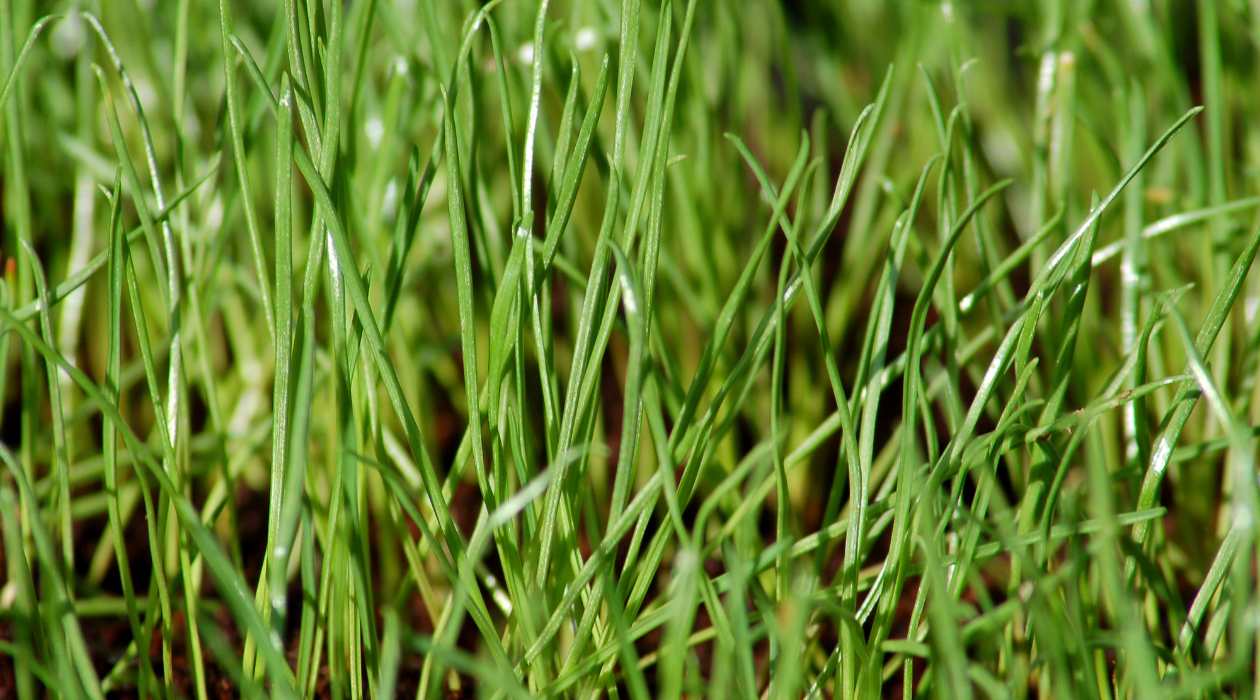

Landscaping Ideas
How To Seed Rye Grass
Modified: February 18, 2024
Learn how to seed rye grass for your landscaping ideas. Our step-by-step guide will help you achieve a lush, green lawn with rye grass.
(Many of the links in this article redirect to a specific reviewed product. Your purchase of these products through affiliate links helps to generate commission for Storables.com, at no extra cost. Learn more)
Introduction
When it comes to achieving a lush, vibrant lawn, the type of grass you choose plays a pivotal role. Rye grass, known for its resilience and adaptability, is a popular choice for many homeowners seeking a verdant and durable lawn. Whether you're establishing a new lawn or overseeding an existing one, understanding the nuances of seeding rye grass is essential for success.
In this comprehensive guide, we will delve into the art of seeding rye grass, covering everything from understanding the intricacies of rye grass to the optimal timing for seeding, soil preparation, the seeding process itself, and ongoing care. By the end of this journey, you will be equipped with the knowledge and confidence to cultivate a stunning rye grass lawn that will be the envy of your neighborhood.
So, roll up your sleeves, grab your gardening gloves, and let's embark on this exciting venture of seeding rye grass. Whether you're a seasoned lawn care enthusiast or a novice gardener, there's something valuable and enriching to learn as we explore the wonders of rye grass and the art of nurturing it to its full potential.
Key Takeaways:
- Seeding rye grass in early autumn or early spring, based on your climate, sets the stage for robust growth. Proper soil preparation and precise seeding techniques are essential for a thriving rye grass lawn.
- Caring for rye grass involves attentive watering, mowing, fertilization, and weed control. Each act of care contributes to the overall health and vibrancy of the lawn, creating an inviting outdoor space.
Read more: What Is Rye Seed
Understanding Rye Grass
Rye grass, scientifically known as Lolium perenne, is a cool-season grass that thrives in temperate climates. It is celebrated for its lush, fine blades and remarkable resilience, making it a favored choice for lawns, parks, and athletic fields. One of the key attributes of rye grass is its rapid germination and establishment, allowing for quick coverage and a dense turf.
There are two main types of rye grass: perennial and annual. Perennial rye grass is known for its durability and ability to endure heavy foot traffic, making it an excellent choice for high-traffic areas. On the other hand, annual rye grass is valued for its quick growth and is often used as a temporary cover crop or winter overseeding option.
One of the standout qualities of rye grass is its adaptability to various soil types, including sandy, loamy, and clay soils. It thrives in areas with ample sunlight but can also tolerate partial shade, making it a versatile option for different lawn environments.
When it comes to aesthetics, rye grass presents a vibrant green hue that enhances the visual appeal of any lawn. Its fine texture and uniform growth create a velvety carpet-like appearance that is both inviting and visually striking.
Understanding the characteristics of rye grass is fundamental to successfully seeding and maintaining a rye grass lawn. By grasping its growth patterns, environmental preferences, and unique attributes, you can tailor your lawn care practices to ensure the optimal health and vitality of your rye grass turf.
Choosing the Right Time to Seed
Timing plays a crucial role in the success of seeding rye grass. Selecting the optimal time to sow the seeds sets the stage for robust germination and vigorous growth. The ideal timing for seeding rye grass largely depends on the climate and the specific variety of rye grass you intend to cultivate.
For cool-season grasses like rye grass, the prime window for seeding typically falls in early autumn or early spring, depending on your geographical location. In regions with milder winters, early autumn is favored for seeding, as it allows the seeds to establish before the onset of winter. Conversely, in areas with harsh winters, early spring serves as the opportune time to seed rye grass, enabling the seeds to germinate and thrive in the temperate conditions.
It’s essential to consider the average temperatures and moisture levels during the chosen seeding period. Optimal soil temperatures for rye grass seed germination range between 50 to 65 degrees Fahrenheit (10 to 18 degrees Celsius). By aligning the seeding schedule with these temperature parameters, you can maximize the chances of successful germination and early growth.
Another factor to contemplate is the existing lawn conditions. If overseeding an established lawn with rye grass, timing the seeding process to coincide with the natural growth cycle of the existing grass is advantageous. This approach allows the new rye grass to integrate seamlessly with the existing turf, fostering a cohesive and uniform lawn appearance.
By judiciously selecting the right time to seed rye grass, you set the groundwork for a thriving and resilient lawn. Careful consideration of climatic factors, soil temperatures, and existing lawn conditions empowers you to embark on the seeding process with confidence, knowing that you have optimized the conditions for the successful establishment of your rye grass turf.
Preparing the Soil
Before sowing the seeds, preparing the soil is a critical step that sets the stage for the successful germination and growth of rye grass. Proper soil preparation creates an optimal environment for the seeds to take root, establish strong root systems, and thrive in the nurturing soil. Here’s a comprehensive guide to preparing the soil for seeding rye grass:
1. Clearing and Leveling
Begin by clearing the area of any debris, rocks, or existing vegetation. This ensures a clean and unobstructed surface for the new rye grass seeds to take hold. Additionally, leveling the soil with a rake helps create a smooth and uniform bed for seeding, promoting consistent seed coverage and even growth.
Read more: How Long Will Rye Grass Last
2. Soil Testing
Conduct a soil test to assess the pH levels and nutrient content of the soil. Rye grass thrives in slightly acidic to neutral soil with a pH range of 5.8 to 7.0. Based on the soil test results, amend the soil with lime to raise the pH or elemental sulfur to lower it, ensuring that the soil provides an ideal foundation for the rye grass seeds.
3. Aeration and Compaction Relief
Aerating the soil using a core aerator helps alleviate compaction and improves air circulation within the soil, creating a conducive environment for root development. If the soil is excessively compacted, consider using a soil conditioner or organic matter to enhance its structure and drainage capabilities.
4. Fertilization
Applying a balanced starter fertilizer before seeding provides the initial nutrients essential for the germinating seeds. Look for a fertilizer with a higher phosphorus content to promote robust root development, which is crucial for the establishment of healthy rye grass turf.
5. Seedbed Preparation
Rake the soil to create a fine, crumbly seedbed that is conducive to seed-to-soil contact. This facilitates the absorption of moisture and promotes the germination of the rye grass seeds. Avoid burying the seeds too deeply, as rye grass seeds require adequate light for germination.
By meticulously preparing the soil for seeding rye grass, you lay the groundwork for a thriving and resilient lawn. Each step in the soil preparation process contributes to creating an environment where the rye grass seeds can flourish, resulting in a lush and vibrant turf that will be a testament to your dedication and care.
Read more: How Long Does It Take Rye Grass To Germinate
Seeding Rye Grass
The process of seeding rye grass is a pivotal stage that demands attention to detail and a methodical approach to ensure successful germination and robust growth. Whether you’re establishing a new lawn or overseeding an existing one, the following steps will guide you through the art of seeding rye grass with precision and expertise:
1. Seed Selection
Choose high-quality rye grass seeds that are well-suited to your specific growing conditions. Opt for a blend that complements your region’s climate and soil type, considering factors such as drought tolerance, disease resistance, and traffic tolerance to meet your lawn’s unique requirements.
2. Seeding Rate
Determine the appropriate seeding rate based on whether you’re establishing a new lawn or overseeding an existing one. For new lawns, aim for a seeding rate of 5 to 10 pounds of rye grass seed per 1,000 square feet, while overseeding may require a lower rate of 3 to 6 pounds per 1,000 square feet to supplement the existing turf.
3. Seed Distribution
Evenly distribute the rye grass seeds across the prepared seedbed using a broadcast spreader, ensuring thorough coverage and uniform distribution. Pay attention to areas of potential thinning or bare spots, and adjust the seeding density accordingly to achieve a consistent and dense lawn.
Read more: How To Plant Winter Rye Grass Seed
4. Seed-to-Soil Contact
After seeding, gently rake the area to lightly cover the seeds with soil, promoting adequate seed-to-soil contact for optimal germination. Avoid burying the seeds too deeply, as rye grass seeds require exposure to light to facilitate successful germination.
5. Watering
After seeding, water the area lightly to moisten the soil and seeds. Maintain consistent moisture levels by lightly watering the seeded area multiple times a day to keep the soil surface consistently damp. Avoid overwatering, as excessive moisture can impede germination and lead to fungal issues.
6. Germination and Growth
Monitor the seeded area closely for signs of germination, which typically occurs within 7 to 10 days under optimal conditions. As the rye grass seedlings emerge, gradually transition to a regular watering schedule, providing deep, infrequent waterings to encourage robust root development and overall lawn resilience.
By meticulously following these steps, you can seed rye grass with precision and care, setting the stage for a resilient and visually captivating lawn. Each stage of the seeding process contributes to the successful establishment of rye grass, culminating in a lush and vibrant turf that will be a testament to your dedication and expertise.
Caring for Rye Grass
Once the rye grass seeds have germinated and the lush green carpet begins to emerge, it’s essential to provide attentive care to nurture the young turf and ensure its long-term vitality. Caring for rye grass involves a combination of ongoing maintenance practices aimed at promoting healthy growth, resilience, and aesthetic appeal. Here’s a comprehensive guide to caring for your rye grass lawn:
Read more: What Are The Seeds In Rye Bread
1. Watering
Maintain consistent moisture levels by watering the rye grass lawn deeply but infrequently, encouraging robust root development. Aim to provide around 1 inch of water per week, adjusting based on local weather conditions and soil moisture levels. Early morning watering is ideal, as it allows the grass blades to dry during the day, minimizing the risk of fungal diseases.
2. Mowing
When the rye grass reaches a height of 2 to 3 inches, it’s time to mow the lawn. Set the mower blades to a height of 1.5 to 2 inches for rye grass, ensuring that you never remove more than one-third of the grass blade length in a single mowing session. Regular mowing promotes denser growth and a manicured appearance while minimizing stress on the grass plants.
3. Fertilization
Apply a balanced fertilizer specifically formulated for cool-season grasses, providing essential nutrients to sustain the vigorous growth of the rye grass lawn. A slow-release fertilizer applied in early spring and late fall supports the grass’s nutritional needs, promoting a lush and resilient turf throughout the growing season.
4. Weed Control
Vigilantly monitor the lawn for signs of weeds and address them promptly to prevent their encroachment on the rye grass turf. Consider using pre-emergent herbicides in early spring to combat weed proliferation, and spot-treat any existing weeds to maintain a pristine and uniform lawn appearance.
5. Aeration and Overseeding
Periodic core aeration helps alleviate soil compaction and enhances air circulation, promoting a healthy root system for the rye grass. Additionally, overseeding the lawn in the fall rejuvenates thin or bare areas, ensuring a dense and vibrant turf that withstands the rigors of everyday use.
6. Disease and Pest Management
Monitor the lawn for signs of common turf diseases and pests, promptly addressing any issues to prevent their escalation. Proper lawn care practices, including adequate watering and mowing, contribute to the lawn’s resilience against diseases and pests, minimizing the need for interventions.
By implementing these comprehensive care practices, you can foster the optimal health and beauty of your rye grass lawn, creating a verdant oasis that enhances your outdoor living space. Caring for rye grass is a gratifying endeavor that yields a stunning and enduring lawn, a testament to your dedication and expertise in lawn maintenance.
Conclusion
Embarking on the journey of seeding rye grass is a rewarding and enriching endeavor that culminates in the creation of a lush, resilient, and visually captivating lawn. From understanding the unique characteristics of rye grass to meticulously tending to its growth and ongoing care, each stage of the process contributes to the cultivation of a thriving turf that beckons with its vibrant greenery and velvety texture.
By delving into the nuances of rye grass, we gain a profound appreciation for its adaptability, rapid growth, and remarkable resilience, making it a prized addition to any landscape. The selection of the optimal time to seed, coupled with thorough soil preparation and precise seeding techniques, lays the foundation for the successful establishment of rye grass, setting the stage for its enduring beauty.
Caring for rye grass involves a harmonious blend of attentive maintenance practices, from watering and mowing to fertilization and vigilant weed control. Each act of care contributes to the overall health and vibrancy of the lawn, creating an inviting outdoor space that beckons with its natural allure.
As we conclude this journey, let the thriving rye grass lawn stand as a testament to the dedication, expertise, and nurturing spirit that infuse every aspect of its creation and maintenance. The verdant carpet of rye grass serves as a canvas for cherished memories, a playground for leisure and recreation, and a source of pride that embellishes the landscape with its timeless beauty.
So, as you gaze upon the flourishing rye grass lawn, take pride in the knowledge that your commitment to excellence has yielded a living masterpiece, a testament to the artistry and care that define the timeless allure of rye grass.
Frequently Asked Questions about How To Seed Rye Grass
Was this page helpful?
At Storables.com, we guarantee accurate and reliable information. Our content, validated by Expert Board Contributors, is crafted following stringent Editorial Policies. We're committed to providing you with well-researched, expert-backed insights for all your informational needs.
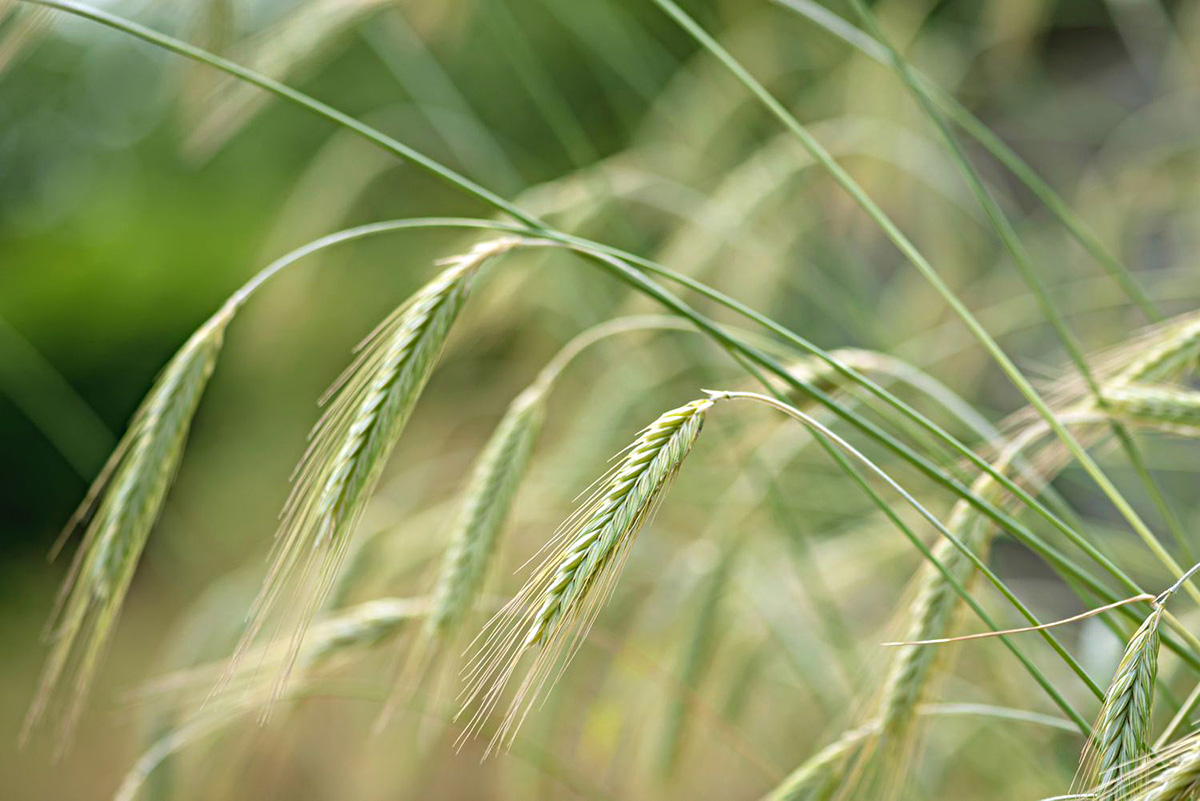
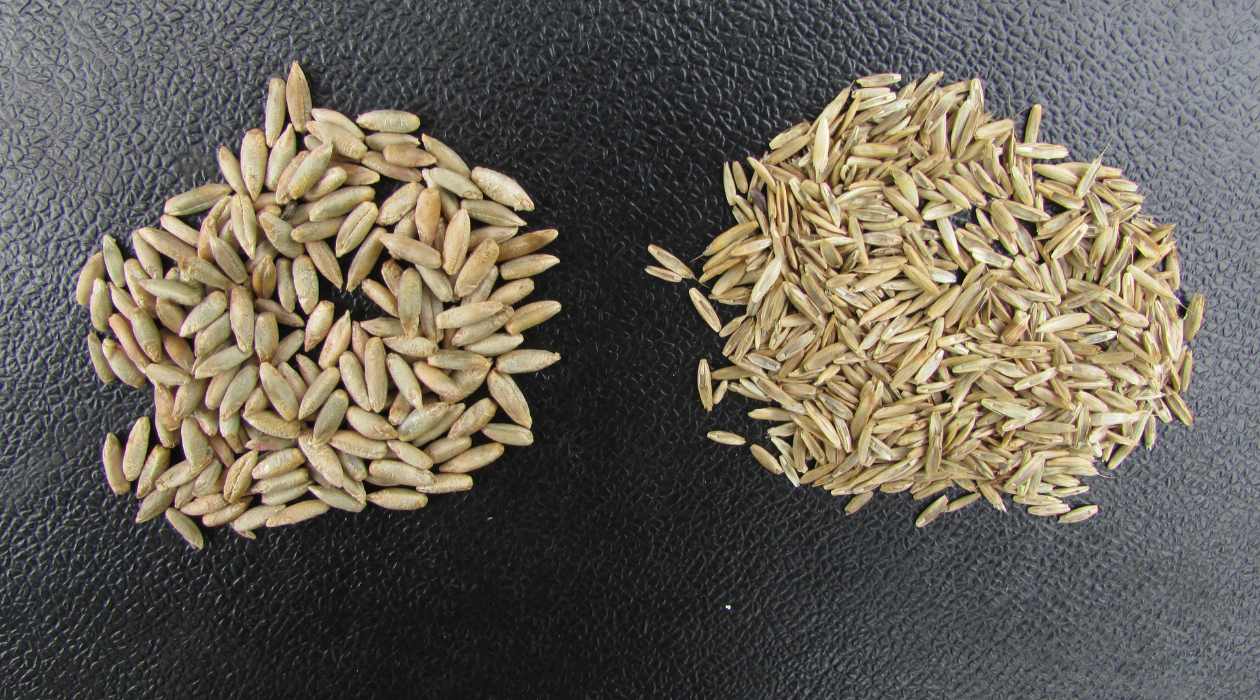
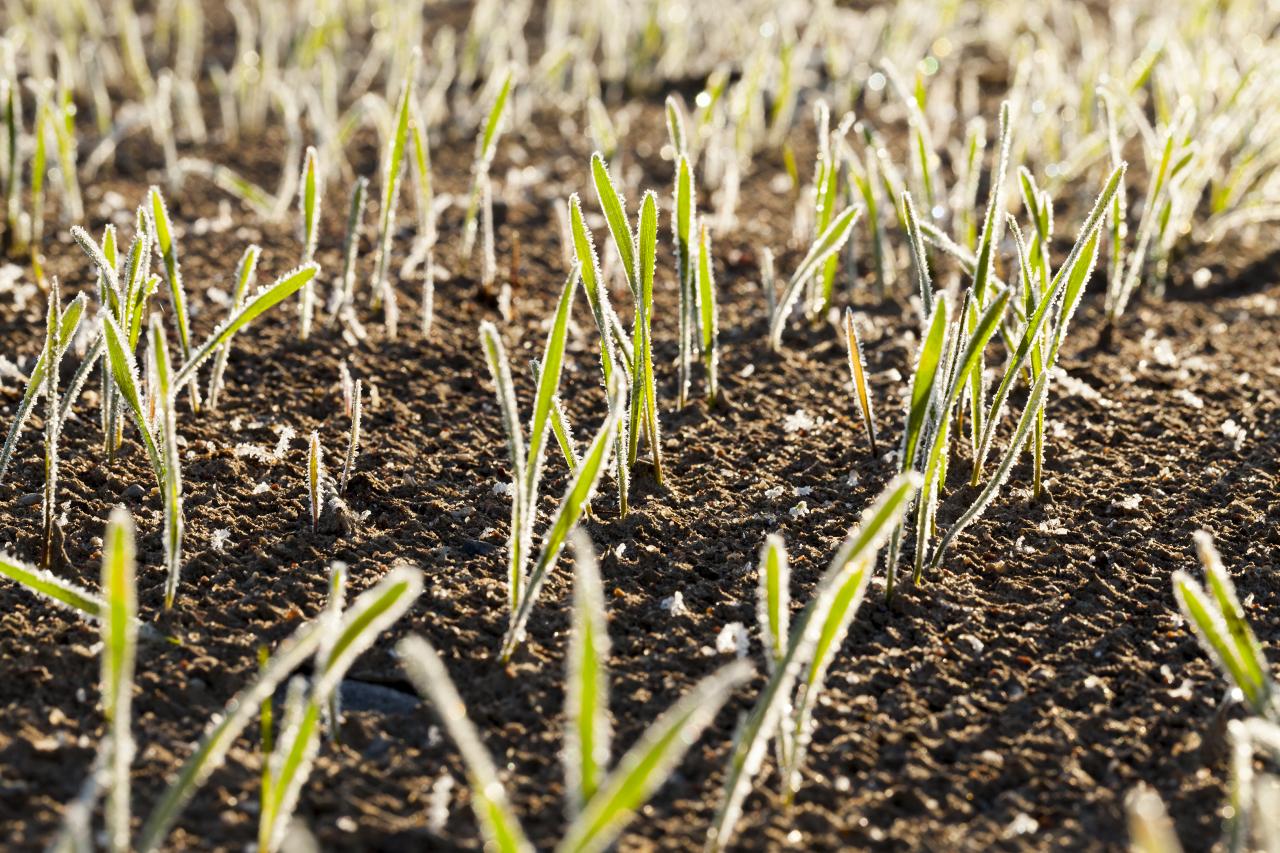
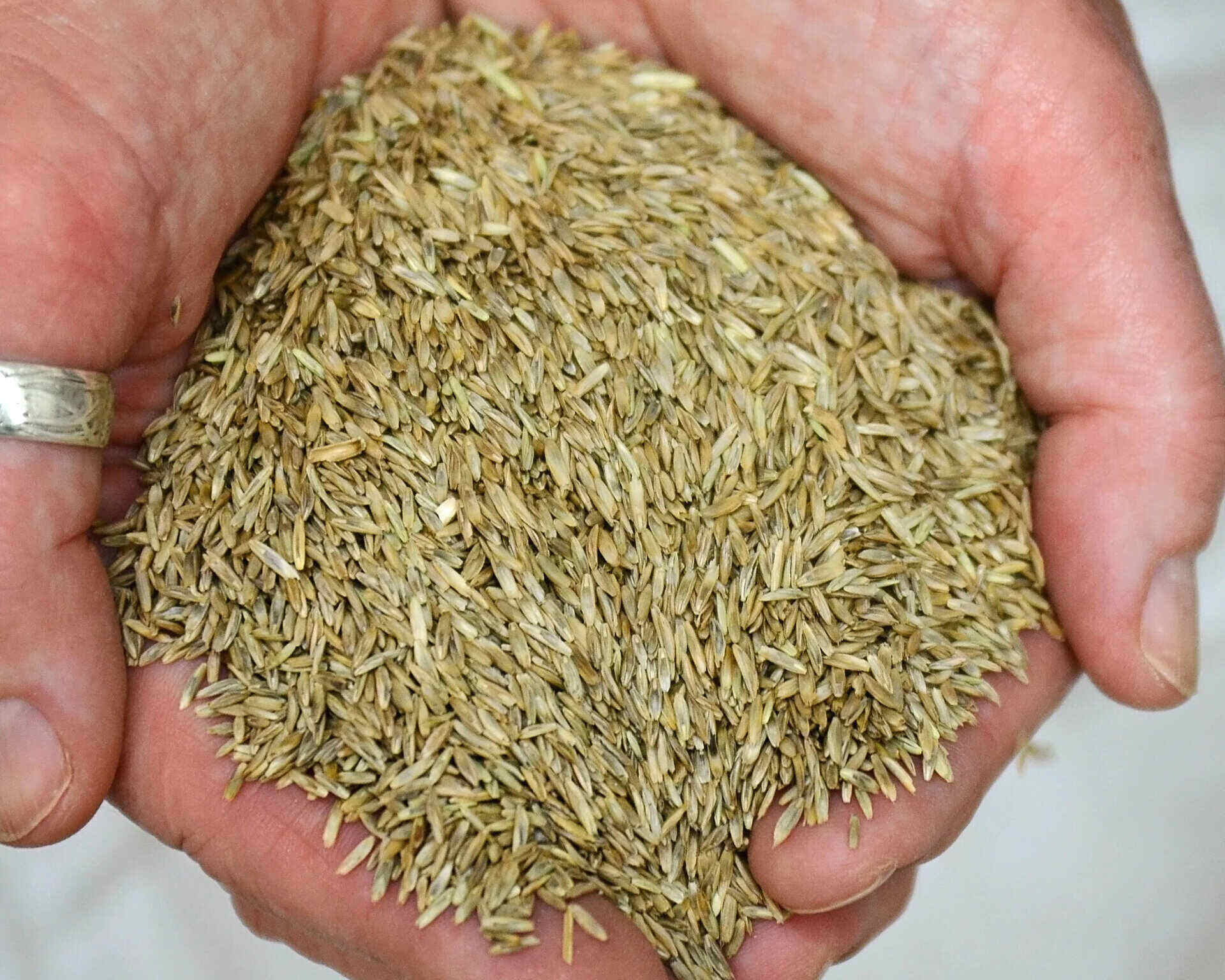
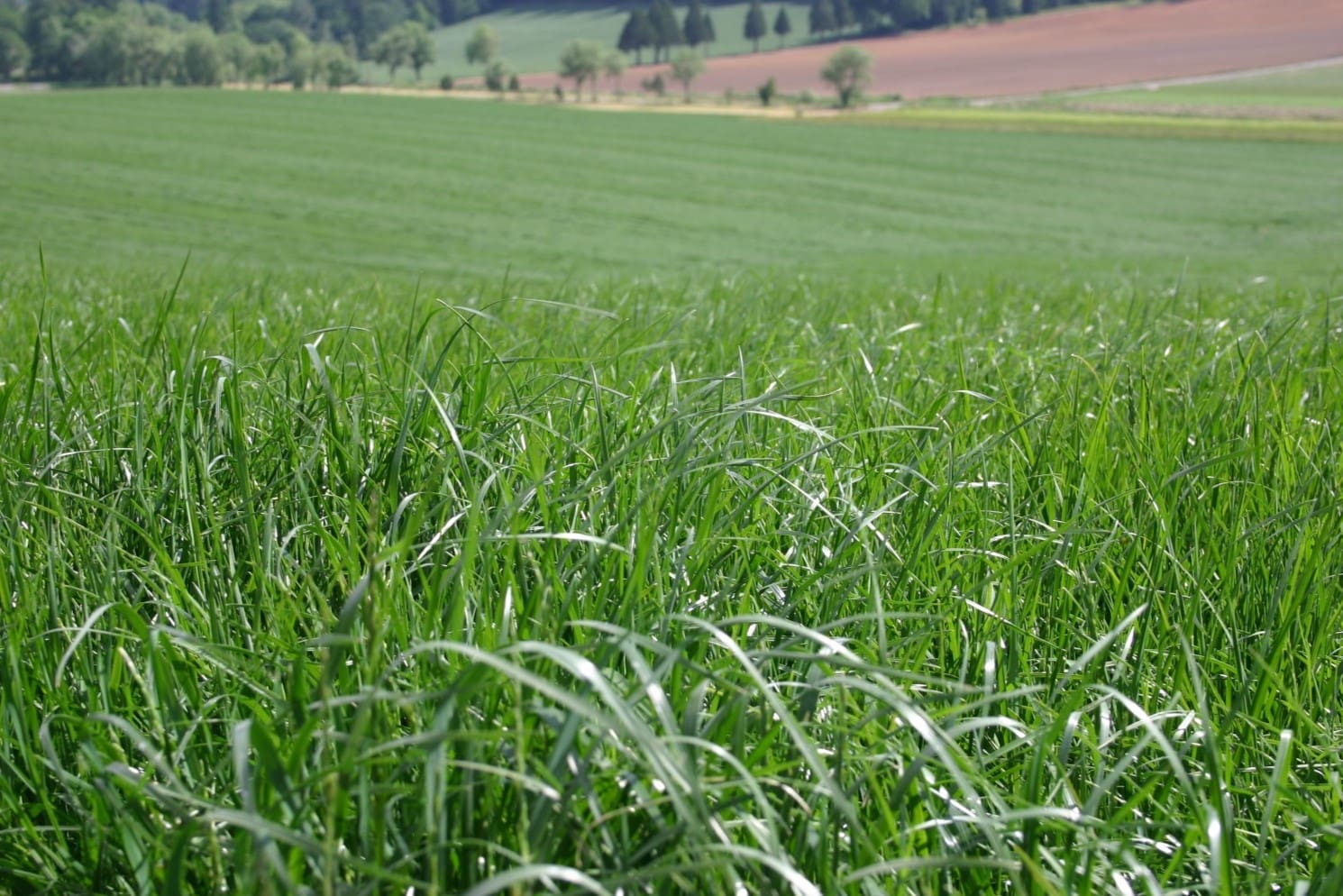
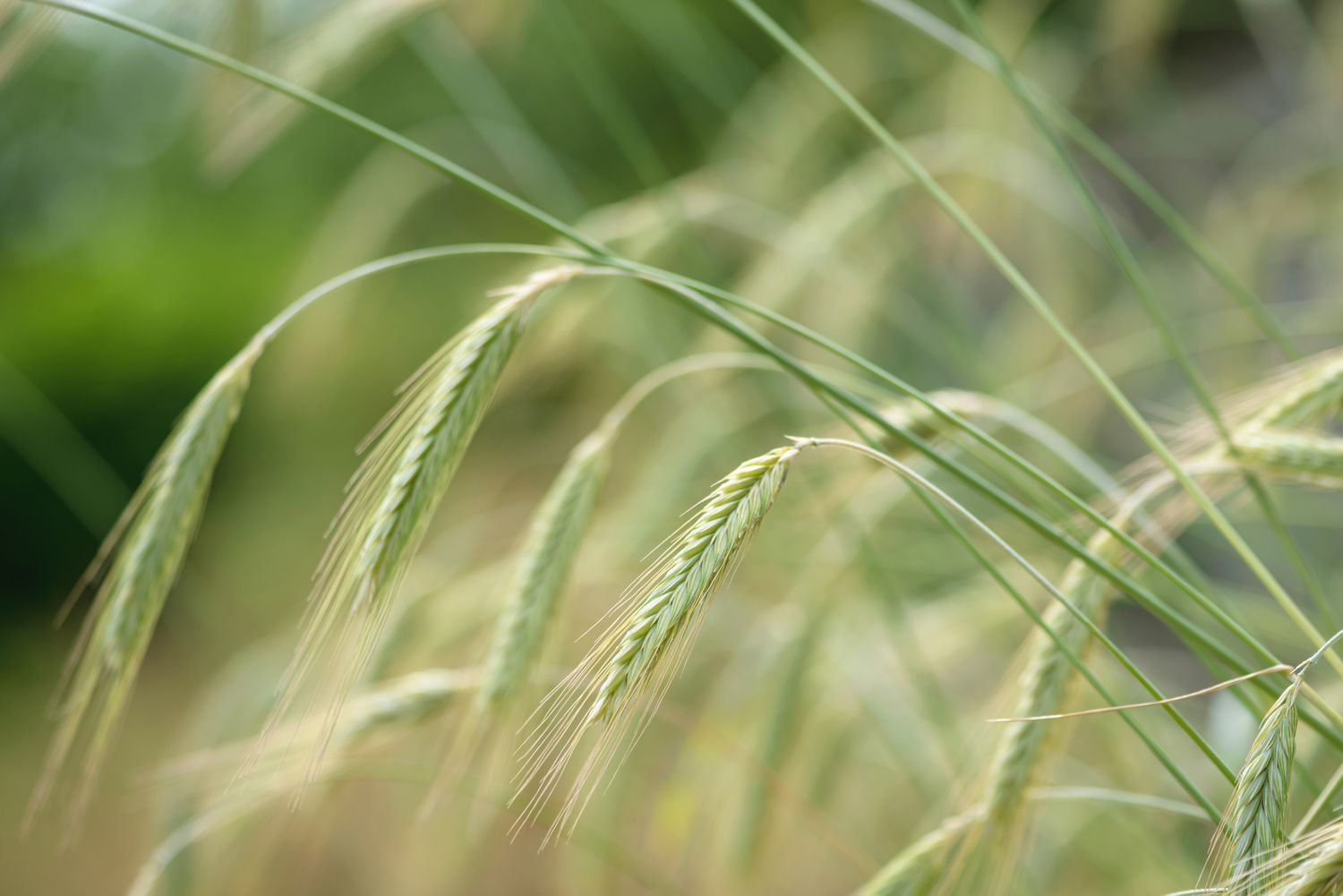
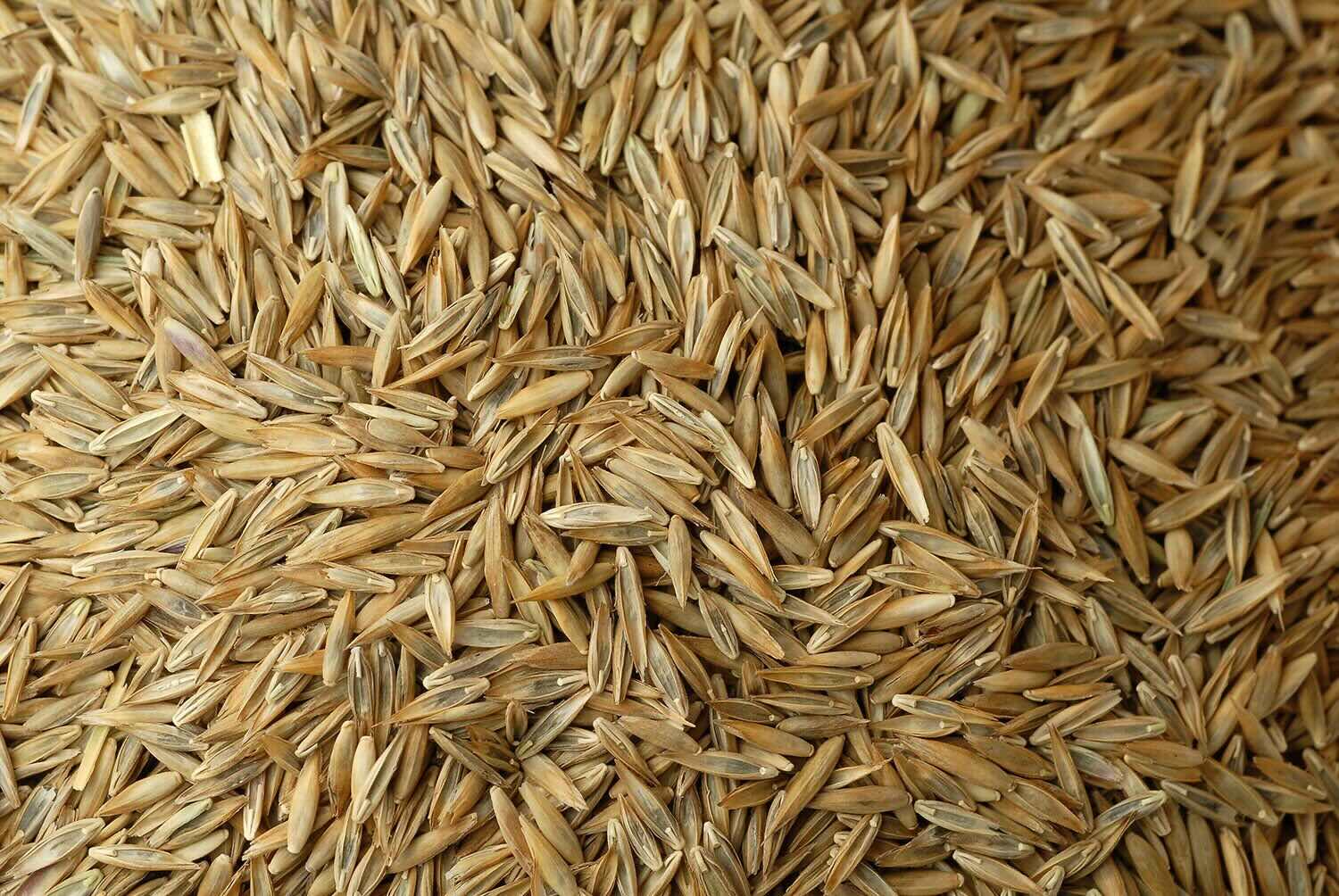
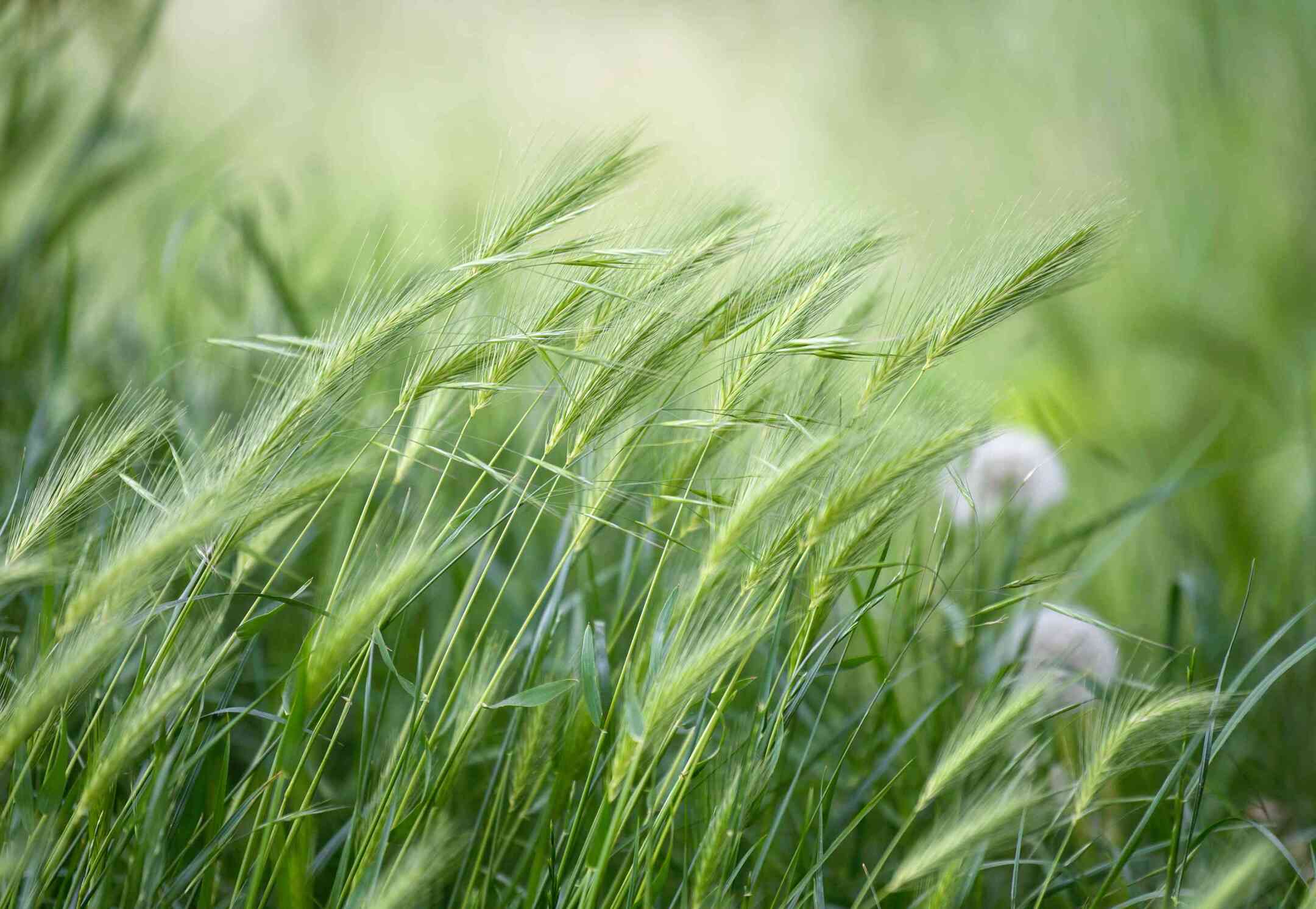
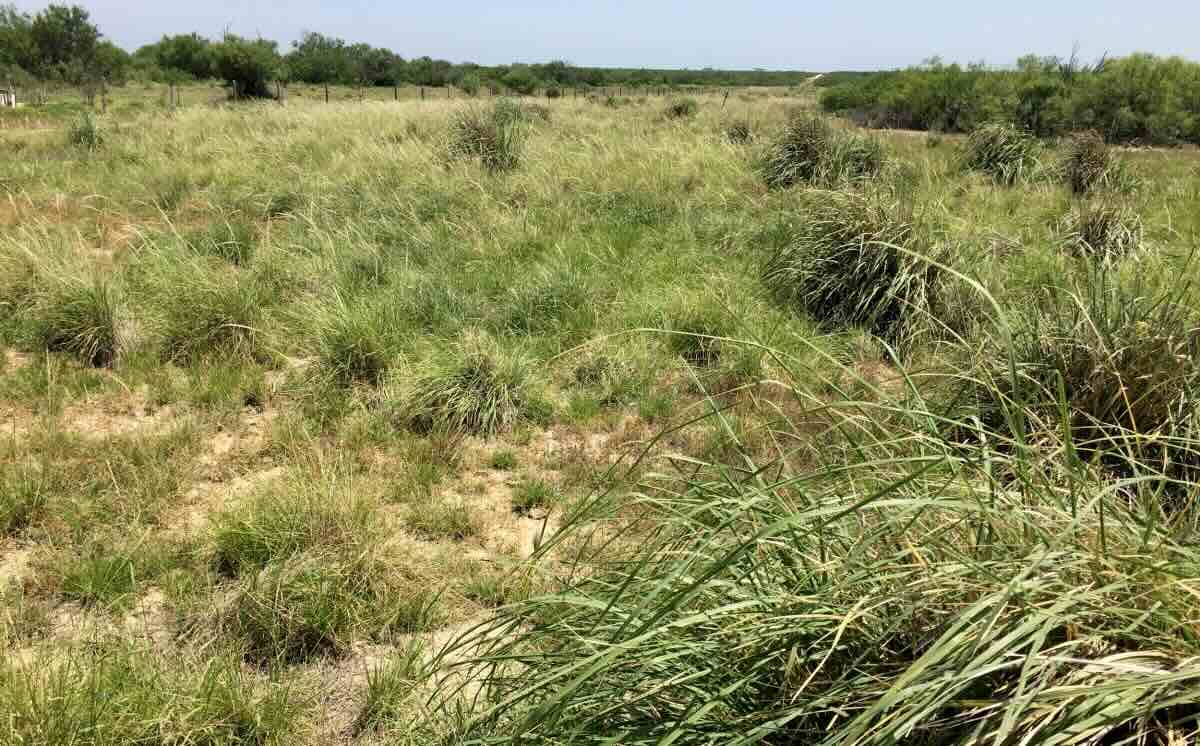
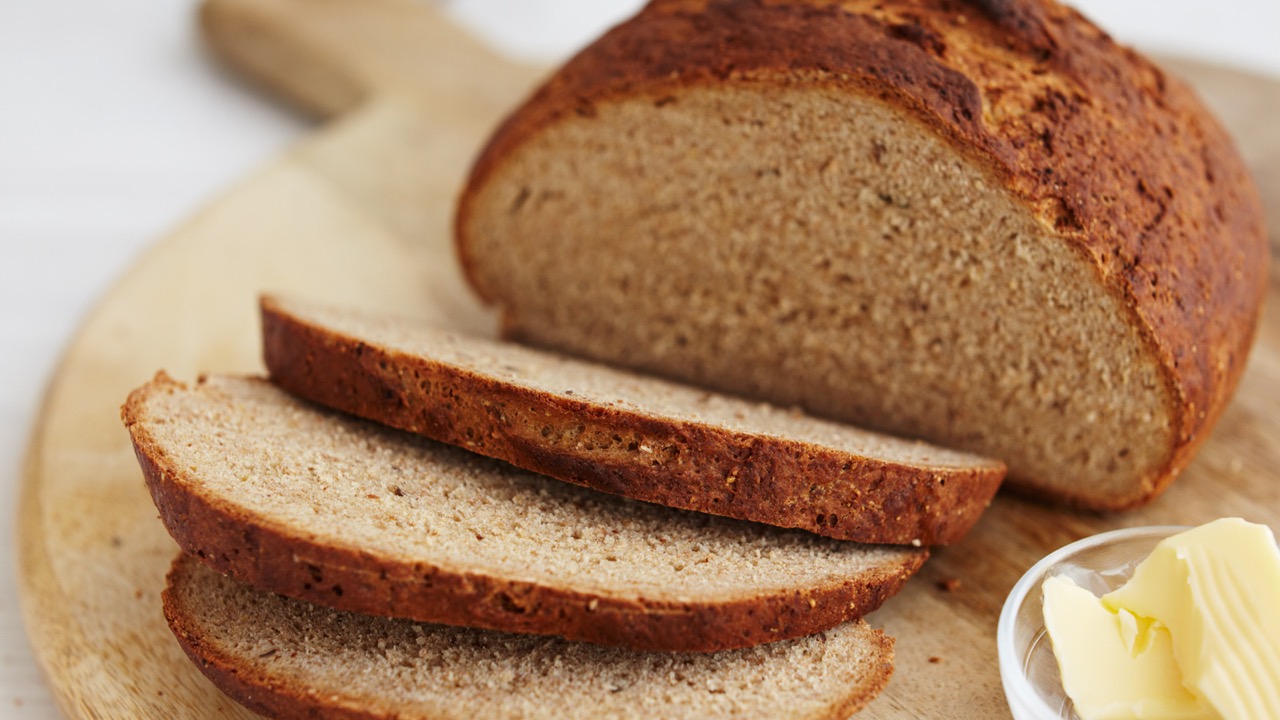

0 thoughts on “How To Seed Rye Grass”